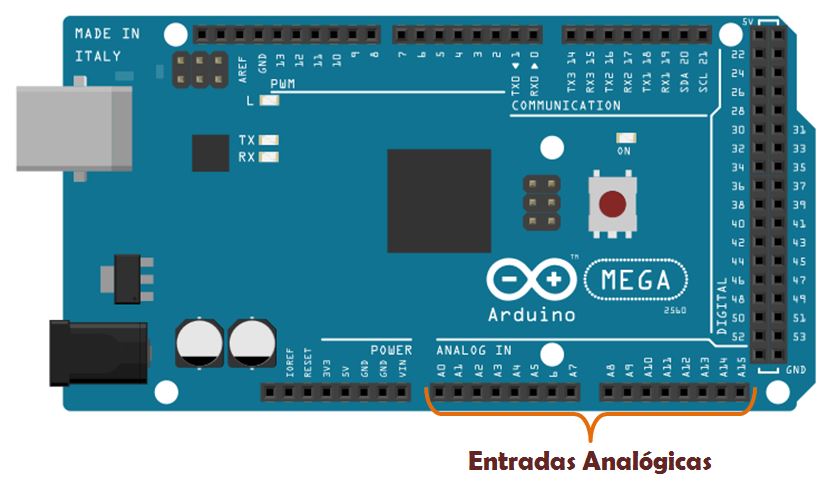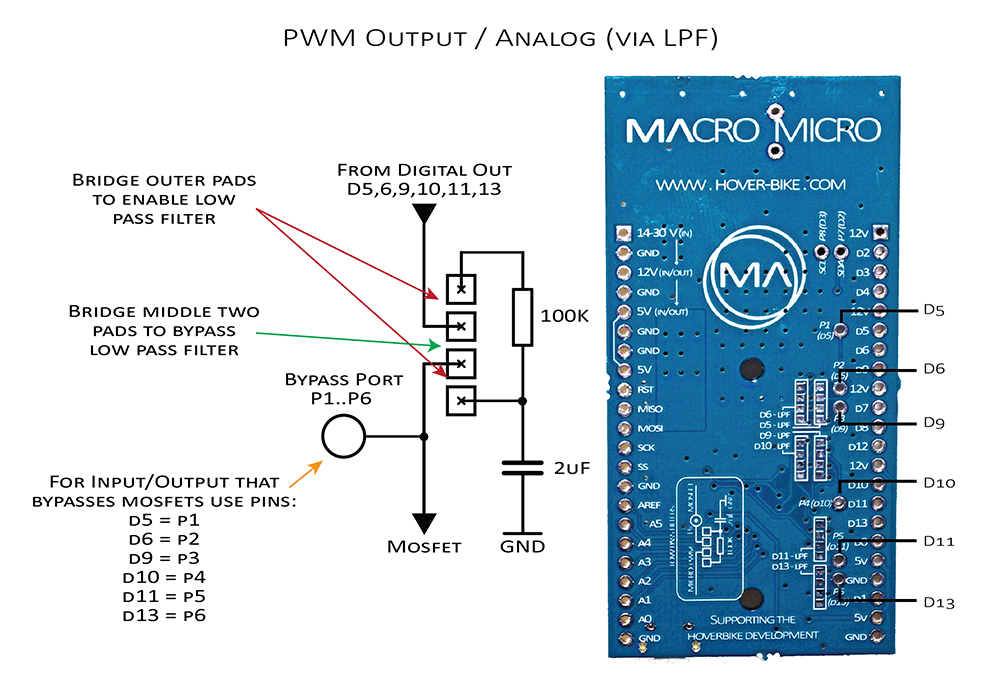
#Arduino analog code#
Code samples in the reference are released into the public domain. The text of the Arduino reference is licensed under aĬreative Commons Attribution-ShareAlike 3.0 License. The time can also be easily adjusted with the help of three buttons. The exact time time is displayed on a large LCD screen in the form of an elliptical analog clock. This means that it will map input voltages between 0 and the operating voltage (5V or 3.3V) into integer values between. Arduino boards contain a multichannel, 10-bit analog to digital converter.
#Arduino analog how to#
Val = analogRead(analogPin) // read the input pinĬorrections, suggestions, and new documentation should be posted to the Forum. This time I will show you how to make an interesting nice looking clock, which is also extremely simple to build. Description Reads the value from the specified analog pin. Int val = 0 // variable to store the value read

Int analogPin = 3 // potentiometer wiper (middle terminal) connected to analog pin 3 the values of the other analog inputs, how close your hand is to the board, etc.). If the analog input pin is not connected to anything, the value returned by analogRead() will fluctuate based on a number of factors (e.g. Measuring 0 or 5V, any digital pin can do that too. Internal pullups work on analog pins too. 1uA Max input current, so more like 1 Megohm.
#Arduino analog series#
Pin: the number of the analog input pin to read from (0 to 5 on most boards, 0 to 7 on the Mini and Nano, 0 to 15 on the Mega) Together, these elements allow us to access Arduino digital inputs and outputs and analog inputs, and read encoders, all from Simulink (or the MATLAB command line). The resistance of an Arduino input pin is somewhere around 100 Megohms, and in series resistances sum. Interfacing an analog voltage, an analog sensor to Arduino or other various microcontrollers with optical isolation is very easy with this module. It takes about 100 microseconds (0.0001 s) to read an analog input, so the maximum reading rate is about 10,000 times a second. The input range and resolution can be changed using analogReference().

This yields a resolution between readings of: 5 volts / 1024 units or. This means that it will map input voltages between 0 and 5 volts into integer values between. The Arduino board contains a 6 channel (8 channels on the Mini and Nano, 16 on the Mega), 10-bit analog to digital converter. Reads the value from the specified analog pin. GND is the ground pin.Reference Language | Libraries | Comparison | Changes The 3V3 pin is the output from the on-board voltage regulator you can get up to 600mA from it. The VIN pin can be used to directly power the ESP32 and its peripherals, if you have a regulated 5V power supply. There are two power pins: the VIN pin and the 3V3 pin. Arduino Analog Output: How to generate an Analog Output using only Digital pins It sounds impossible as digital pins output only 5V or 0V. ESP32 ADC Read Analog Values with Arduino IDE. We can fed external signals into these two inputs and compare their magnitude. The AIN0 is positive input and the AIN1 is the negative input. The AIN0 (PD6) and AIN1 (PD7) pins are the two inputs for the comparator. The strapping pins function normally after reset release, but they should still be used with caution. Analog reading is useful to read values from variable resistors like potentiometers, or analog sensors. Below is block diagram of Analog Comparator of Arduino taken from ATmega328p Datasheet. Connect the ECG sensor module to the Arduino board and upload the code which is given.

However, if peripherals are connected to these pins, you may encounter issues when attempting to upload new code or flash the ESP32 with new firmware, as these peripherals prevent the ESP32 from entering the correct mode. When you bring in ECG data as an analog voltage into an Arduino.

On most development boards with built-in USB/Serial, you don’t need to worry about the state of these pins, as the board puts them in the correct state for flashing or boot mode. Depending on the state of these pins, the ESP32 will enter BOOT mode or FLASH mode at power on. The Arduino board contains a 6 channel (8 channels on the Mini and Nano, 16 on the Mega), 10-bit analog to digital converter. These pins are used to put the ESP32 into BOOT mode (to run the program stored in the flash memory) or FLASH mode (to upload the program to the flash memory).


 0 kommentar(er)
0 kommentar(er)
